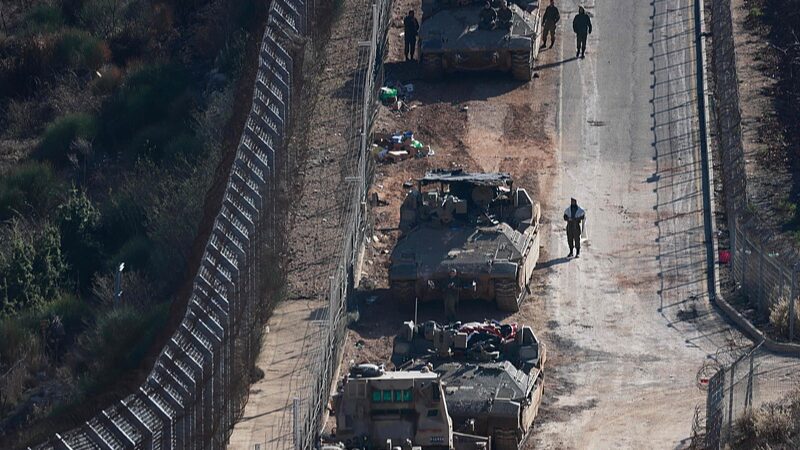
Syria’s Power Shift: The Fall of Assad and Türkiye’s Strategic Maneuver
Syria’s dramatic political shift sees the fall of Assad’s regime, prompting strategic maneuvers by Türkiye amidst a transformed Middle East landscape.
My Global News: Voices of a New Era
🌍 Stay Ahead, Stay Global 🚀

Syria’s dramatic political shift sees the fall of Assad’s regime, prompting strategic maneuvers by Türkiye amidst a transformed Middle East landscape.

Syria’s opposition begins power transfer talks following President Assad’s unseating, with international reactions focused on stability and human rights.

The Syrian government has collapsed after a rapid offensive by militant groups led by HTS, ending the nearly 14-year civil war and leaving the nation uncertain.

The Israeli army has seized control of areas near the Israel-Syria border and conducted strikes against strategic weapons in Syria, responding to militant breaches of the buffer zone.

Explore Syria’s unexpected journey through conflict and the uncertain path that lies ahead for this resilient nation.

Opposition forces capture Damascus, leading to Assad’s resignation and a power vacuum in Syria. What’s next for the country and the Middle East?

Israeli PM Netanyahu announces the collapse of the 1974 UN buffer zone agreement with Syria, citing regional upheaval and ordering forces to secure the Golan Heights.

Syrian rebels have announced the liberation of Damascus and ousted President Bashar al-Assad, simultaneously storming the Iranian embassy amidst ongoing military operations in key regions.

Syrian rebels have swiftly taken control of Damascus, toppling President Bashar al-Assad’s 24-year rule. Experts cite government miscalculations and strained alliances as key factors.

The Syrian army command has notified officers about the fall of the regime, as reported by a Syrian officer to Reuters. An official statement is yet to be released.